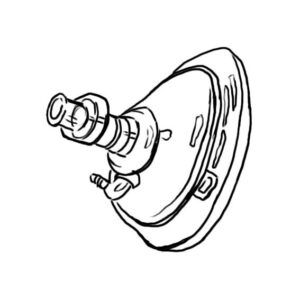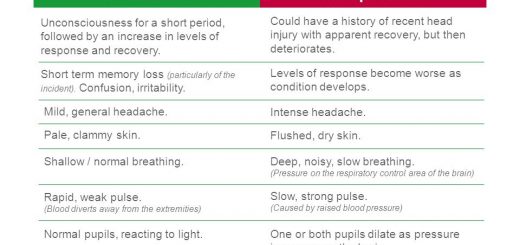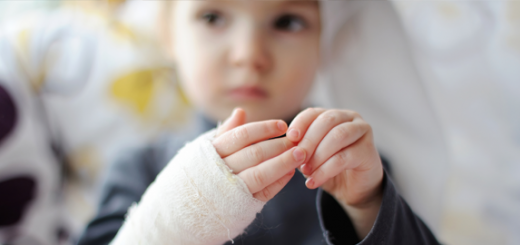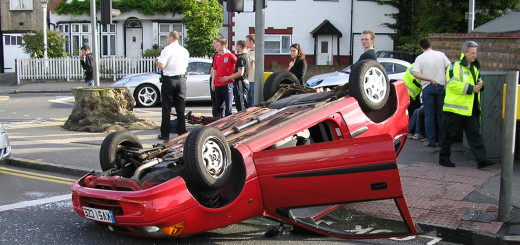Infection Control for First Aid and CPR
As a first aider it is important to have a good understanding of infection control.
Infection control is an important for two reasons: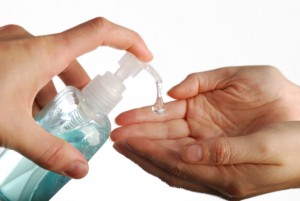
- To protect yourself! Remember you are the most important person in any first aid situation
- To protect the patient
Why the fuss?
Typically, the risk of cross contamination is very small, but since the appearance of COVID-19, this life-saving procedure now carries a slightly higher risk for the first responder. Various other diseases can also be transmitted via blood and body fluids including HIV and Hepatitis B & C. Risk of infection can be reduced by following infection control precautions.
Three infection control steps for first aiders
1. Hand Hygiene
Wash your hands with soap and water whenever possible. Ensure any cuts/open injuries to your hands are covered with waterproof gloves or dressings. Keep nails short if possible.
2. Personal Protective Equipment (PPE)
Always wear disposable latex or nitrile gloves when there is a risk of coming into contact with bodily fluids. However this is not always practical so in an emergency you can improvise and use anything to create a barrier. e.g: a plastic bag
3. Clinical Waste
“Clinical waste” is waste which is contaminated with bodily fluids (for example a bloody dressing). This should be disposed of appropriately and not placed in general waste/rubbish. Normally this will involve being sealed in a separate bag and taken for incineration. You should always inform the ambulance crew of any clinical waste so it can be disposed of appropriately.
Any used sharps should be placed in a sharps disposal container.
What can be done to reduce the risk of cross contamination while performing CPR?
It is crucial to adhere to the correct infection control procedures when conducting CPR to minimize the danger of cross contamination. This the use of disposable gloves, which can be found in a first aid kit. In lieu of disposable gloves, a plastic bag may be used to stop the transmission of other body fluids from a patient who is ill or who has been harmed.
Use of an automated external defibrillator (AED) can also increase the chances of survival without exposing the first aider to any risk of infection. These can be found in many public places such as airports, train stations, shopping malls and sports facilities.
How to lower the risk of infection when giving breaths?
To stop the spread of any respiratory droplets, it is also a good idea for the first aid provider to wear eye protection and a face mask, and if at all possible, use a Pocket CPR Mask or Emergency Face Shield. The use of a barrier mask has been proven effective in preventing the transmission of illnesses carried in airborne water droplets.
What is a breathing barrier?
A barrier device is a type of PPE, or personal protective equipment, that can shield you from microorganisms and illnesses that could infect you. There are two distinct categories of barrier devices:
- There is a flat plastic shield, where the victim’s mouth is covered by what is essentially a flat sheet of plastic with vents. This enables you to deliver a breath without touching the skin of the recipient.
- The other kind of barrier device is a pear-shaped plastic mask that covers the victim’s face and delivers air through a tube that resembles a ventilation system. Typically, it is recommended that only medical professionals wear these types of masks. The general public can simply acquire the plastic mouth guards online.
Hand Hygiene
After administering first aid, it is critical that you wash your hands thoroughly with soap and water or apply an alcohol-based hand sanitizer to lower the risk of disease transmission.
Video: A complete guide to hand washing
Hand Hygiene resources
For more information on Hand Hygiene in infection control check out the World Health Organization’s website
Want to learn more about first aid? Have a go at one of our free online first aid courses.

